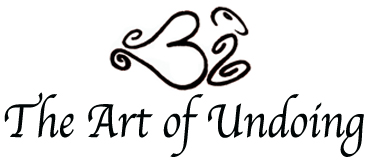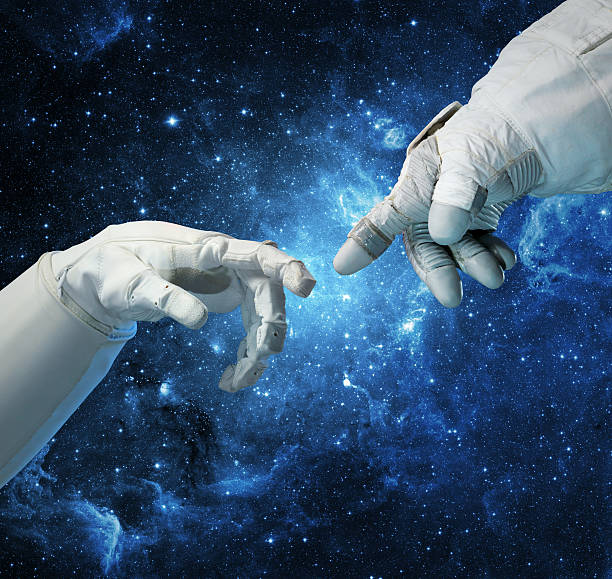Ketamine Assisted Craniosacral Therapy is a pioneering new paradigm in trauma resolution.
By now we have all heard of the new wave of Ketamine Therapy and Ketamine Assisted Psychotherapy. While they have both shown great promise we believe that Ketamine Assisted CST (KACST) can provide even greater results.
Firstly there is no need for talking during the KACST session. This is important for two main reasons. During the ketamine experience the client goes so deep into their inner, subconscious world that it is often difficult for them to engage in coherent communication. It is also not conducive for them to do so. The part of the brain that deals with conceptual, rational thought is not the same part that deals with the subconscious experience. To have to talk with the therapist during the session brings the client out of the deep, calm and insightful state of the ketamine experience itself.
The subconscious realm speaks in imagery and symbology. It is a different language entirely to rational, conceptual thought. For this reason psychotherapy is not an ideal modality to combine with the ketamine experience. Although it does have a strong role to play in post treatment assimilation. It tends to bring the client out of the deep, and transformative state that ketamine facilitates and can hinder the process.
Secondly, the Craniosacral Therapist remains in direct communication with the client at the subtle, subconscious level throughout their journey. Through their connection to the subtle responses of the client’s central nervous system they can monitor and respond to their momentary therapeutic needs and emotional states as the session progresses. Using gentle touch, manipulation of the bones of the skull, spine and connected soft tissue and their own inner state of calm the CS Therapist is able to follow the responses of the client to what comes up for them in session and ensure the most harmonious and effective use of the time under the influence.

It has been said that the states experienced during both a ketamine or a CST session are very similar. One experiences a deep, calm, profound and insightful journey into the subconscious. This allows for previously distressing memories and feelings to be faced with compassion and an easy acceptance. There is little that is new for the Craniosacral Therapist to deal with, mostly it is just a deepening of the already familiar therapeutic treatment. There is no mystery as to what is occurring for the client, this is already familiar ground for a well experienced CS Therapist.
By the end of the session the client has already done much of the assimilation at a deep level. It is beneficial for them to remain calm and quiet and allow the experience to settle in. The understandings reached and deep, visceral changes are allowed to continue processing in the way that they need to. As the Ketamine wears off the new understanding is slowly and harmoniously integrated into to the conscious mind. The innate healing wisdom of the client will take care of this if left undisturbed. If we try to take charge of this process and tell the fragmented aspects of the psyche how they should assimilate then we can cause subtle retraumatization. This is a large part of the key to Craniosacral Therapy’s success. Assisting the innate wisdom of the client to do as it knows best, rather than what the therapist thinks is best.
In the days or weeks following the treatments some talk based therapy may be useful to help the client further integrate the experience into their conscious awareness. It is not recommend that psychotherapeutic techniques be used as well since the work has already been done during session what comes after is just integration and assimilation. To stir things up with a new modality may cause some confusion as to expected outcomes.
Other modalities that do not involve stirring things up are also very useful. Time spent in nature, massage and bodywork, art therapy and the like are all conducive to deepening the inner calm and newfound ease of the client.
This is not to say that psychotherapy is not a useful tool, just that it needs to be used in it’s right place. So far psychotherapy has been the only modality used for psychedelic therapy. Much of the progress achieved so far has been because of the use of talk therapy as a crucible for the psychedelic experience. We owe it a debt of gratitude for helping bring this new arena into the public eye.
As with all things progress marches on and now we have a new evolution of the psychedelic assisted therapy arena with Ketamine Assisted Craniosacral Therapy.







Leave A Comment
You must be logged in to post a comment.